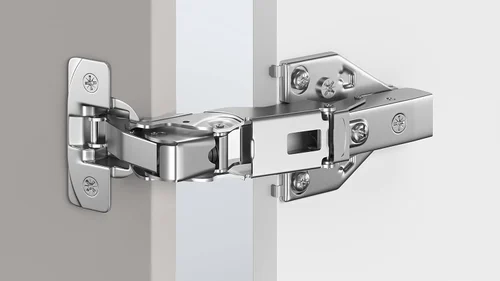Improving accessibility and ease of use in home cabinetry is essential for creating a comfortable and functional living environment, and one of the simplest yet most effective ways to achieve this is through soft close cabinet hinge adjustment. Soft close hinges are designed to slow down the closing motion of cabinet doors, preventing them from slamming shut, which not only protects the cabinet structure but also enhances the user experience. Properly adjusting these hinges can significantly improve accessibility, especially for individuals with mobility challenges, arthritis, or limited hand strength, making it easier and safer to open and close cabinets without requiring excessive force or risk of injury. The smooth, controlled motion provided by well-adjusted soft close hinges ensures that doors close gently and quietly, reducing noise pollution and creating a more peaceful home atmosphere, which benefits all family members, including children and elderly individuals. Beyond noise reduction, the ability to adjust soft close hinges allows homeowners to customize the door’s closing speed and alignment, which can greatly improve the cabinet’s usability.

Misaligned or improperly adjusted hinges often cause doors to stick, misclose, or require awkward handling, creating frustration and barriers to smooth operation. By fine-tuning the hinge adjustment screws, the door can be perfectly aligned and balanced, ensuring that it closes fully and easily without sticking or needing extra pressure. This precision is particularly important in kitchens and bathrooms where frequent cabinet use demands reliability and ease of access. Soft close hinges also reduce wear and tear on the cabinet doors and frames by preventing abrupt impacts, which in turn prolongs the life of the cabinetry and reduces maintenance costs. Moreover, soft close cabinet hinges adjustment plays a vital role in inclusive design. For people using wheelchairs or those with limited reach, the ability to gently close a cabinet door with minimal effort is crucial. Adjusted hinges help ensure that cabinet doors remain responsive and accessible, avoiding situations where doors slam shut too quickly or require sudden force. This ease of operation reduces the risk of injury and enhances independence, allowing everyone in the household to use cabinetry comfortably and confidently.
Additionally, soft close hinges contribute to child safety by preventing cabinet doors from closing too quickly and causing finger injuries. When adjusted correctly, they provide a safer environment for children who may be curious and frequently accessing cabinets. In terms of installation and maintenance, soft close cabinet hinge adjustment is a straightforward process that can be performed with basic tools, making it an accessible upgrade for most homeowners. Regular adjustment checks can ensure that the hinges continue to perform optimally over time, compensating for any natural settling of cabinetry or door wear. This simple maintenance routine preserves the smooth functionality and safety benefits that soft close hinges provide. Homeowners who invest time in adjusting their soft close hinges experience fewer cabinet-related frustrations and enjoy a more refined and user-friendly kitchen or bathroom environment. Adjusting furniture hardware is a practical and cost-effective way to improve both the accessibility and ease of use of cabinets. The controlled, gentle closing action reduces noise, prevents damage, and makes cabinetry more accessible for people of all ages and abilities.


